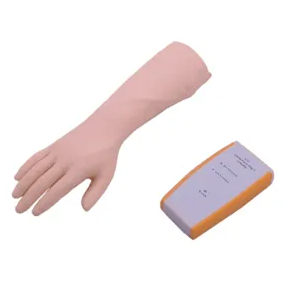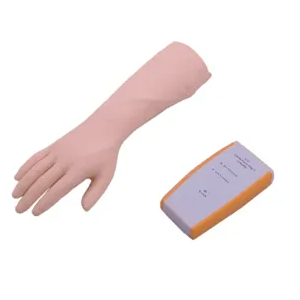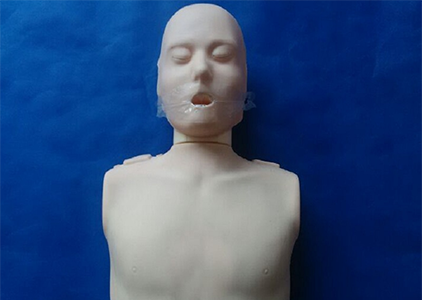
As an important teaching tool, wrist puncture model plays an indispensable role in medical education and clinical skills training. It not only provides a safe and risk-free practice platform for medical students and healthcare professionals, but also helps them better understand and master wrist puncture techniques. However, in the face of the complex clinical environment and various puncture training needs, we cannot help but ask: Can the wrist puncture model meet these diverse needs?
First of all, from the point of view of model design, modern wrist puncture models are usually highly simulated. Not only do they mimic the anatomy of a real wrist joint, but they also recreate the feel and response of tissues such as skin, muscle, blood vessels and nerves as closely as possible. This design allows the model to simulate a variety of puncture scenarios, including arterial blood collection, intravenous infusion, nerve block and other operations. Therefore, by training on the model, students can feel the operating experience similar to that of real patients, thus enhancing their practical ability and self-confidence.

Secondly, it has flexibility and scalability. With the continuous progress of medical technology and the constant change of clinical needs, new puncture techniques and methods continue to emerge. To meet these new training needs, some advanced wrist puncture models feature a modular design that can be disassembled and combined as needed to suit different training scenarios. In addition, some models support software upgrades and extensions so that new puncture training modules can be added at any time.
However, despite the many advantages of the wrist puncture model, we should also recognize its limitations. Because models cannot fully replicate the physiological responses and pathological changes of real patients, model training may not be a complete substitute for real patient manipulation in some specific cases. In addition, models of different brands and models may differ in design and function, so students need to consider their actual needs when choosing a model.
To sum up, it plays an important role in medical education and clinical skills training. It can meet a variety of piercing training needs and provide students with a safe and efficient practice platform. However, we should also face up to the limitations of the model, and combine the actual situation to make a reasonable choice and use. Only in this way can we make better use of this tool to improve the quality of medical education and clinical skills training.







Sophie Asveld
February 14, 2019
Email is a crucial channel in any marketing mix, and never has this been truer than for today’s entrepreneur. Curious what to say.
Sophie Asveld
February 14, 2019
Email is a crucial channel in any marketing mix, and never has this been truer than for today’s entrepreneur. Curious what to say.